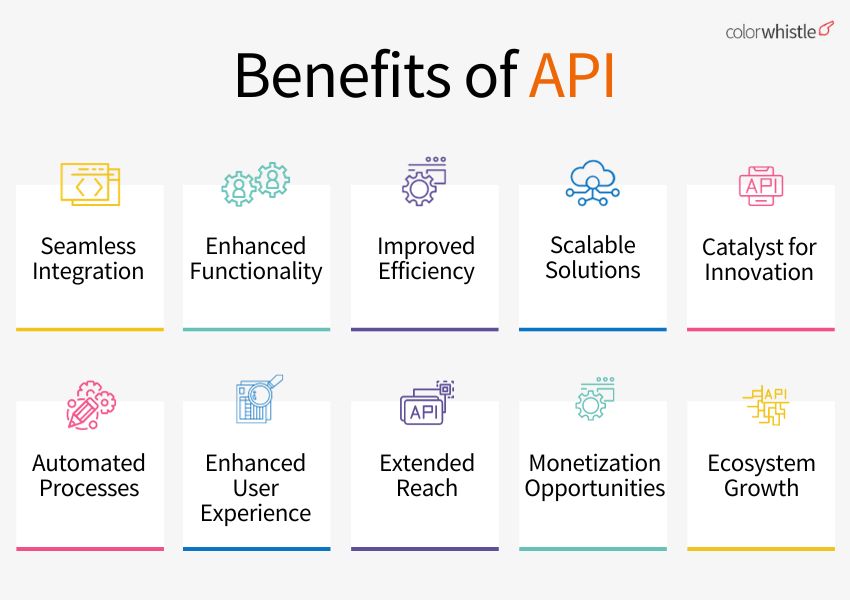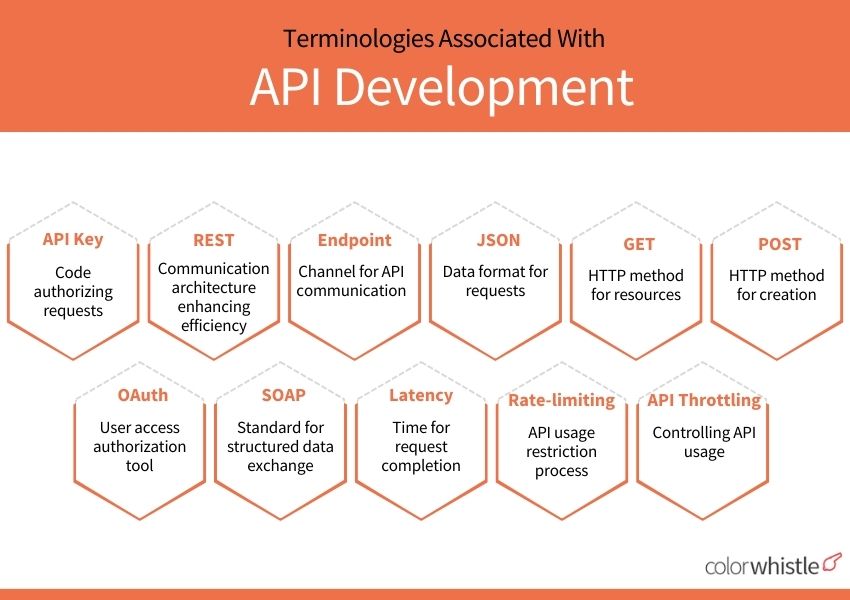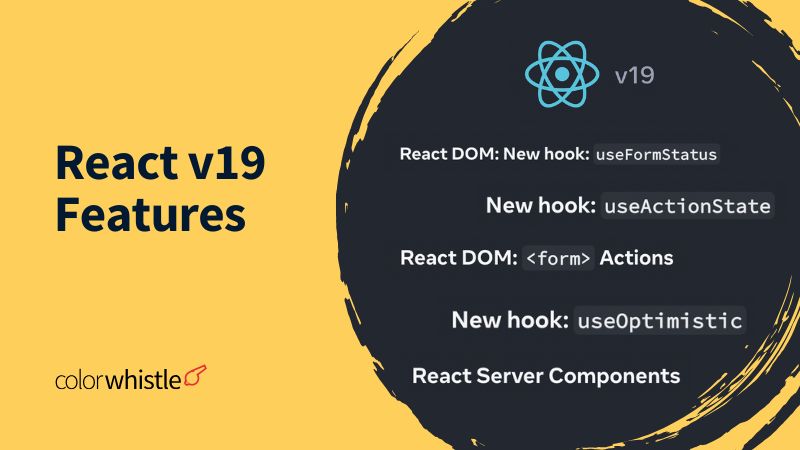A well-known meme that explains an API in a more creative and clear way. Yes!!! This blog is all about API which would help in understanding the basics of API. Understanding the basics would guide you if you are planning to create one, or you can even get partnered with a website development company and avail of their custom API development services. The world of APIs is extensive and is essentially the one to be explored. In this article, we will focus on comprehensively discussing all aspects of APIs. So, without delay, let’s get started.

What is API?
API (Application Programming Interface) refers to a collection of instructions, requirements, and standards that empower an application or software to utilize the features or services of another application, device, or platform to enhance its own services.
From a technical perspective, it constitutes a set of programming codes that facilitates data transmission between different software products. It also encompasses the terms governing this data exchange.
Also Read
Benefits of APIs & API Development
- Seamless Integration
- Enhanced Functionality
- Improved Efficiency
- Scalable Solutions
- Catalyst for Innovation
- Automated Processes
- Enhanced User Experience
- Extended Reach
- Monetization Opportunities
- Ecosystem Growth

API Types
APIs enable developers to create new applications and features without beginning from the ground up. Various types of APIs exist, each serving a distinct purpose and audience.
Open/Public APIs
- Open APIs, also known as public APIs or external APIs, are accessible to any developer without authentication and authorization measures
- Typically, open APIs have limitations on the assets they share and may have subscription fees, often based on the number of API calls made
- Making APIs public has several advantages, with the primary benefit being the facilitation of open data-sharing
- This open data sharing encourages external businesses and developers to integrate their applications with the owning API, enhancing the value of both the third-party software and the API itself
- The lack of strict restrictions and the ease of implementation provided by open APIs allow third parties to utilize the shared data swiftly
Utilizing Google Maps entails the utilization of an Open API. Google Maps furnishes an API that empowers developers to incorporate maps into their applications. For example, the Airbnb application leverages the Google Maps API to enable users to explore and reserve accommodations.
Partner APIs
- Partner APIs are externally shared exclusively among entities having a business association with the API provider
- Access is restricted to authorized clients possessing official licenses, resulting in stronger security measures compared to public APIs
- Certain businesses prefer partner APIs as they provide enhanced control over resource accessibility and greater influence over the utilization of those resources
For example, Imagine you’ve partnered with a shipping company to offer free shipping for orders over a certain amount. They’ve provided a Partner API for you to calculate rates and create shipping labels. When customers place orders, you use the Partner API to handle shipping and the company handles the delivery.
Private APIs
- Internal APIs, also known as private APIs, are exclusively meant for a company’s internal use and are not accessible to third-party developers
- They streamline data transfers within the organization, enabling efficient communication between different teams and systems
- External developers do not have access to these APIs, as they are not documented in publicly released software development kits in many cases
- While often concealed from the public, some companies eventually make their internal APIs public
- Using internal APIs for data transfers is considered a more efficient, secure, and traceable method
- It allows for scalability, facilitating seamless communication between newly introduced internal systems and existing ones within the company
Suppose you’re a financial services company creating a mobile app for your clients allowing them to review their account balances, conduct fund transfers, and settle bills. Your aim is to establish a Private API within the mobile app, permitting clients to access their financial information from external applications like budgeting and investment apps. This can be achieved when you construct a Private API for the mobile app, which will exclusively be accessible to authorized applications, including the partnered budgeting and investment apps.
Composite APIs
- Composite APIs integrate multiple APIs, enabling developers to combine requests and obtain a unified response from various servers
- When data is needed from various applications or sources, a composite API is employed. It can also automate chains of calls and responses without manual intervention
- By minimizing the number of API calls, composite APIs can decrease server load, faster systems, and reduced system complexity.
- They are frequently utilized in microservices, particularly when a task necessitates data from multiple internal APIs for completion.
For instance, when you reserve a flight on a travel website, you might use a composite API. The travel website could employ various APIs for different purposes, including:
- An API for searching flights across multiple airlines
- An API for verifying seat availability on flights
- An API for booking flights and managing payments
The travel website would then integrate data from these APIs to deliver a unified, hassle-free booking experience.

API Protocols for API Developers
API protocols are like the rules that govern how different APIs communicate with each other. They decide how information is sent and received, how users prove who they are, and how the whole API system is set up.
Some common API protocols used today include,
HTTP (Hypertext Transfer Protocol)
Developers commonly use this protocol for web APIs. It provides a simple and efficient means for various web applications to communicate.
SOAP (Simple Object Access Protocol)
Enterprises often use this protocol for APIs. It offers support for secure transactions and data handling, although it is more complex.
REST(Representational State Transfer)
Designers utilize this lightweight style, employing standard HTTP methods. It is easy to integrate and offers flexibility, making it suitable for various applications.
GraphQL
This newer protocol allows clients to request specific data, reducing data transfer and improving performance. It proves excellent for highly customizable APIs.
JSON-RPC (JavaScript Object Notation-Remote Procedure Call)
It is a lightweight and easy-to-use protocol based on JSON, allowing clients to call remote procedures.
XML-RPC (XML-Remote Procedure Call)
Similar to JSON-RPC, it enables clients to call remote procedures, proving ideal for interoperability with older systems.
Apache Thrift
Developers use this language-independent framework for building scalable services and generating high-performance and scalable APIs.
GRPC (Google Remote Procedure Call)
It is a high-performance protocol based on HTTP/2, allowing clients to call remote procedures in a streaming fashion. It is suitable for fast, efficient, and data-intensive APIs.
The choice of protocol depends on the API’s specific requirements. For instance, for a simple and user-friendly API, JSON-RPC or XML-RPC might be suitable. On the other hand, Apache Thrift or gRPC could be preferable for high performance and scalability. If compatibility with older systems is a priority, XML-RPC might be the right option.
Selecting an API protocol should be based on careful consideration of the API’s specific demands and the preferences of the developers who will utilize it.
Tools Required for API Development
Several tools facilitate the creation, testing, and management of APIs in API development. Some essential tools for API development include
API Documentation Tools:
- Swagger: Helps in designing, building, and documenting APIs.
- Postman: Facilitates API development, testing, and collaboration.
- Apiary: A powerful tool for creating API documentation and test cases.
API Testing Tools:
- Postman: Not only for documentation but also for testing API endpoints.
- SoapUI: Enables testing of REST and SOAP APIs and services.
- JMeter: Useful for performance testing and load testing of APIs.
API Management Platforms:
- Apigee: Assists in designing, deploying, and scaling APIs.
- AWS API Gateway: Enables the creation, deployment, and management of APIs on AWS.
- Azure API Management: Helps in the creation, publication, and management of APIs in Azure.
Code Editors and IDEs:
- Visual Studio Code: A versatile code editor with extensive API development extensions.
- IntelliJ IDEA: A powerful Java IDE that supports API development with various plugins.
Version Control Systems:
- Git: Essential for tracking changes in API code and collaborating with other developers.
- GitHub, GitLab, Bitbucket: Host and manage API code repositories, enabling collaboration and version control.
API Monitoring Tools:
- New Relic: Provides detailed monitoring and analytics for API performance.
- DataDog: Offers monitoring and analytics to track API usage and performance.
- Pingdom: Monitors uptime and performance of APIs and services.
Security Tools:
- OAuth.io: Simplifies the implementation of OAuth authentication for secure API access.
- OWASP ZAP: Assists in identifying and fixing security vulnerabilities in APIs.

Also Read
Essential Features for API Development
Certain features are crucial for effective API development, ensuring seamless integration and optimal performance. The must-have features in API development include
Authentication and Authorization: Robust security measures to control access and protect sensitive data.
Throttling and Rate Limiting: Implementing restrictions on the number of requests to prevent abuse and ensure fair usage.
Versioning: Supporting multiple versions of the API to maintain backward compatibility and manage changes effectively.
Error Handling: Providing clear and informative error messages to assist developers in troubleshooting and debugging.
Documentation: Comprehensive and easy-to-understand documentation for quick integration and troubleshooting.
Monitoring and Analytics: Tracking API usage and performance metrics to identify issues and optimize performance.
Caching: Storing frequently requested data to improve response times and reduce unnecessary data transfers.
Scalability: Designing APIs to handle varying workloads and accommodate potential growth in user base and data volume.
SDKs and Code Samples: Providing Software Development Kits (SDKs) and code samples for various programming languages to simplify integration for developers.
Webhooks and Callbacks: Allowing real-time communication by enabling APIs to send notifications or data updates to subscribed systems.
Ready For Your API Development?
After reading this article, we believe that you now have a solid understanding of what APIs are, how they operate, and how to develop a high-quality API for your business. If you’re considering developing an API for your business, you can enlist the API development services from a remote development team.
The importance of APIs has expanded beyond software development, now playing a critical role in promoting business collaboration and boosting profits through technological connectivity. Don’t hesitate to construct and integrate the necessary API for your business with the assistance of a website development company.
If you are looking for professional API development services and website development services you can contact ColorWhistle by sending us a message or calling us at +1 (919) 234-5140, we’ll get back to you at the earliest. We provide services tailored to your requirements that suit your business. We are also experts at website design services, as well as digital marketing services. You can approach us for any of these services to make a robust online presence for your business.
What’s Next?
Now that you’ve had the chance to explore our blog, it’s time to take the next step and see what opportunities await!





